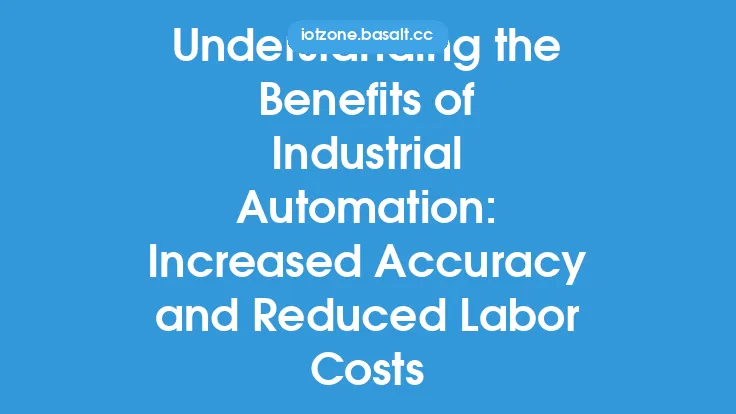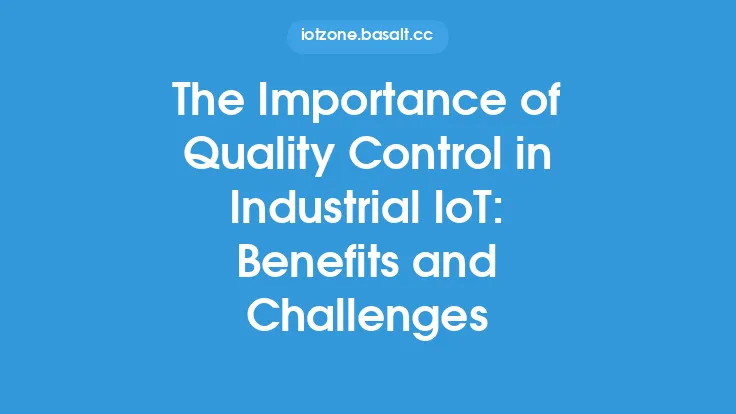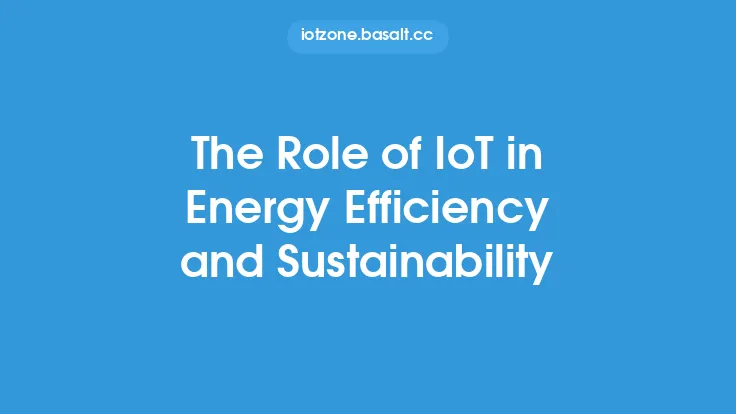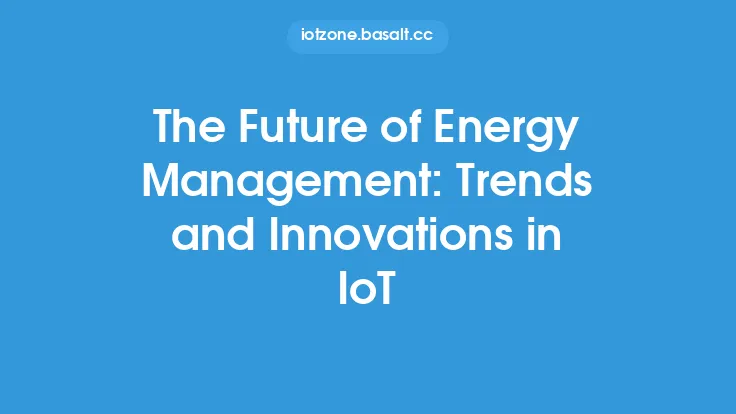The integration of Internet of Things (IoT) technology in railway and metro systems has revolutionized the way these transportation networks operate. By leveraging IoT devices and sensors, railway and metro systems can increase efficiency, reliability, and safety, ultimately enhancing the overall passenger experience. In this article, we will delve into the benefits of IoT in railway and metro systems, exploring the various ways in which this technology is being utilized to improve operations.
Introduction to IoT in Railway and Metro Systems
IoT technology involves the use of sensors, devices, and communication networks to collect and exchange data in real-time. In the context of railway and metro systems, IoT devices can be installed on trains, tracks, and stations to monitor and manage various aspects of operations. This can include monitoring train speed and position, tracking passenger numbers, and detecting maintenance needs. By analyzing the data collected from these devices, railway and metro operators can identify areas for improvement and make data-driven decisions to optimize their operations.
Condition-Based Maintenance
One of the primary benefits of IoT in railway and metro systems is the ability to perform condition-based maintenance. Traditional maintenance schedules are often based on fixed intervals, which can lead to unnecessary maintenance and downtime. With IoT sensors, maintenance teams can monitor the condition of trains and tracks in real-time, allowing them to perform maintenance only when it is needed. This approach can help reduce maintenance costs, minimize downtime, and improve overall system reliability. For example, sensors can be used to monitor the condition of train wheels, bearings, and brakes, allowing maintenance teams to identify potential issues before they become major problems.
Predictive Analytics
IoT devices and sensors can also be used to collect data on train performance, passenger numbers, and other operational metrics. By analyzing this data using predictive analytics tools, railway and metro operators can identify trends and patterns that can inform decision-making. For example, predictive analytics can be used to forecast passenger demand, allowing operators to adjust train schedules and capacity accordingly. This can help reduce congestion, improve passenger experience, and increase overall system efficiency. Additionally, predictive analytics can be used to identify potential issues before they occur, such as equipment failures or signal faults, allowing maintenance teams to take proactive measures to prevent downtime.
Real-Time Monitoring and Control
IoT technology also enables real-time monitoring and control of railway and metro systems. With IoT devices and sensors, operators can monitor train position, speed, and other operational metrics in real-time, allowing them to respond quickly to any issues that may arise. For example, if a train is running behind schedule, operators can use real-time data to adjust the schedule and minimize delays. Additionally, IoT devices can be used to monitor passenger numbers and adjust train capacity accordingly, helping to reduce congestion and improve passenger experience.
Improved Safety and Security
IoT technology can also be used to improve safety and security in railway and metro systems. For example, sensors can be used to monitor train speed and position, allowing operators to detect potential safety issues such as excessive speed or unauthorized train movement. Additionally, IoT devices can be used to monitor passenger behavior, such as detecting suspicious activity or tracking passenger numbers in emergency situations. This can help improve response times and emergency response planning, ultimately enhancing overall system safety and security.
Energy Efficiency and Sustainability
Finally, IoT technology can be used to improve energy efficiency and sustainability in railway and metro systems. For example, sensors can be used to monitor energy consumption and optimize energy usage in real-time. This can help reduce energy waste, lower operating costs, and minimize the environmental impact of railway and metro operations. Additionally, IoT devices can be used to monitor and optimize the performance of renewable energy systems, such as solar panels or wind turbines, helping to reduce reliance on non-renewable energy sources.
Implementation and Integration
Implementing IoT technology in railway and metro systems requires careful planning and integration. This can involve installing IoT devices and sensors on trains, tracks, and stations, as well as integrating these devices with existing operational systems. Additionally, railway and metro operators must ensure that IoT data is collected, stored, and analyzed securely, to prevent cyber threats and data breaches. To achieve this, operators can work with IoT technology providers to design and implement customized IoT solutions that meet their specific needs and requirements.
Future Developments and Opportunities
The use of IoT technology in railway and metro systems is expected to continue growing in the coming years, with new developments and innovations emerging all the time. For example, the use of artificial intelligence (AI) and machine learning (ML) algorithms can help improve the analysis and interpretation of IoT data, allowing operators to make more informed decisions and optimize their operations more effectively. Additionally, the integration of IoT technology with other emerging technologies, such as 5G networks and edge computing, can help enable new use cases and applications, such as real-time video analytics and autonomous train operation. As the railway and metro industry continues to evolve, it is likely that IoT technology will play an increasingly important role in shaping the future of transportation.





